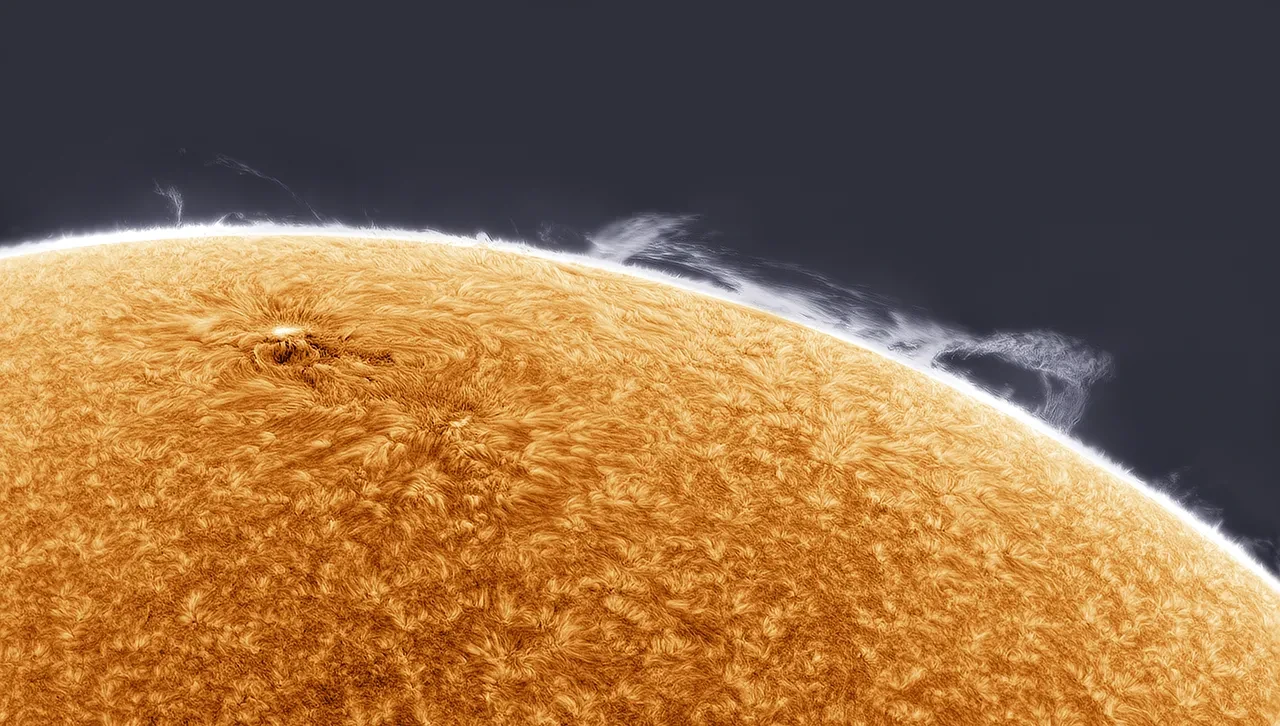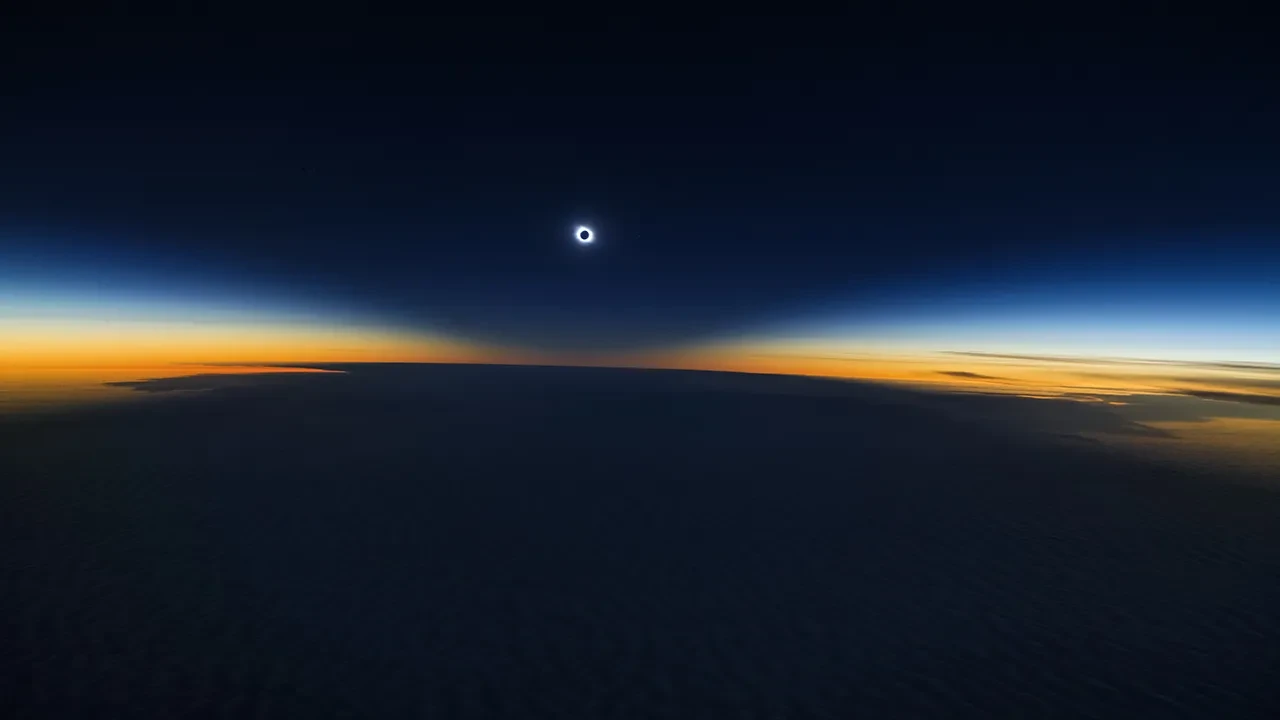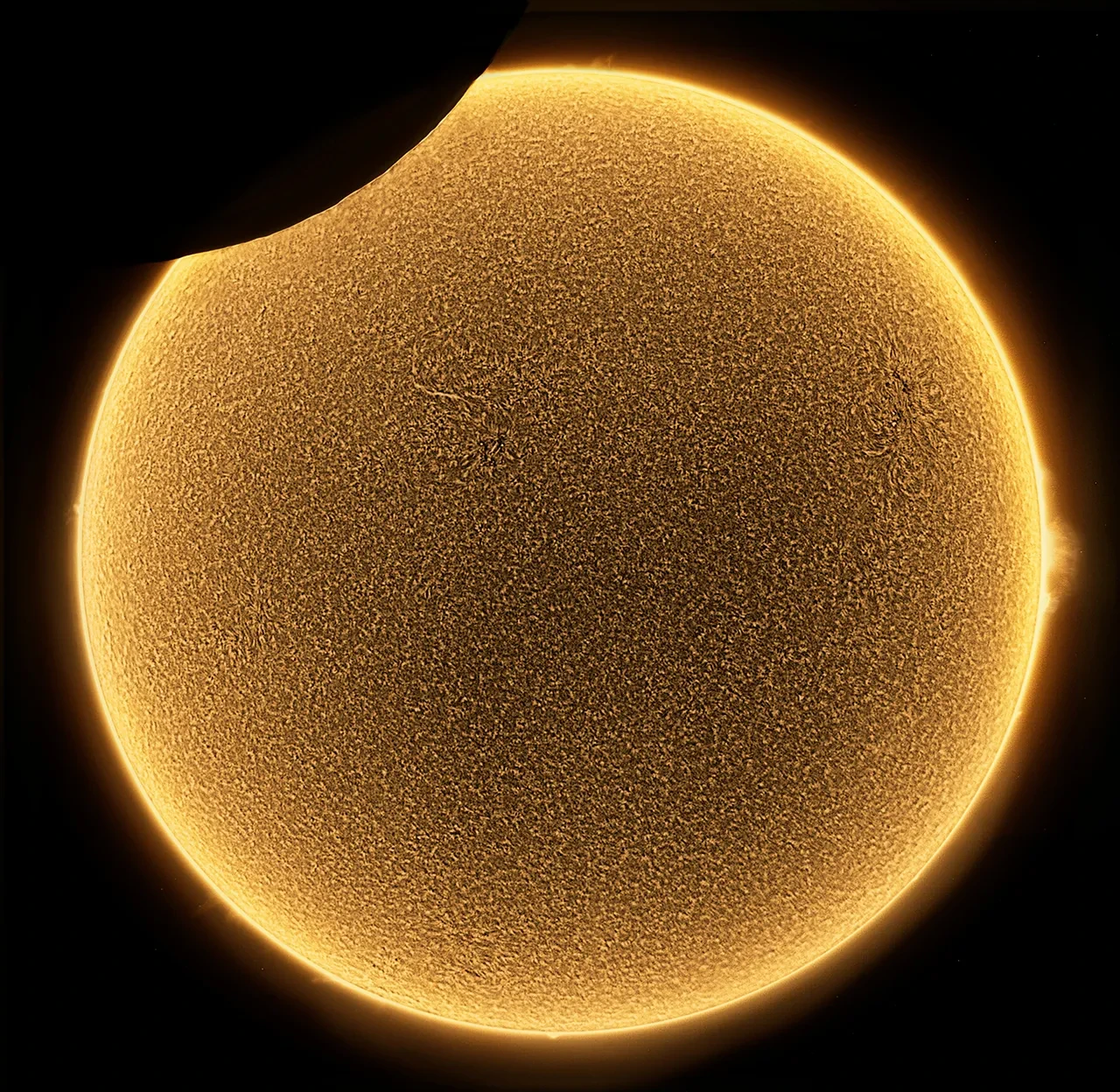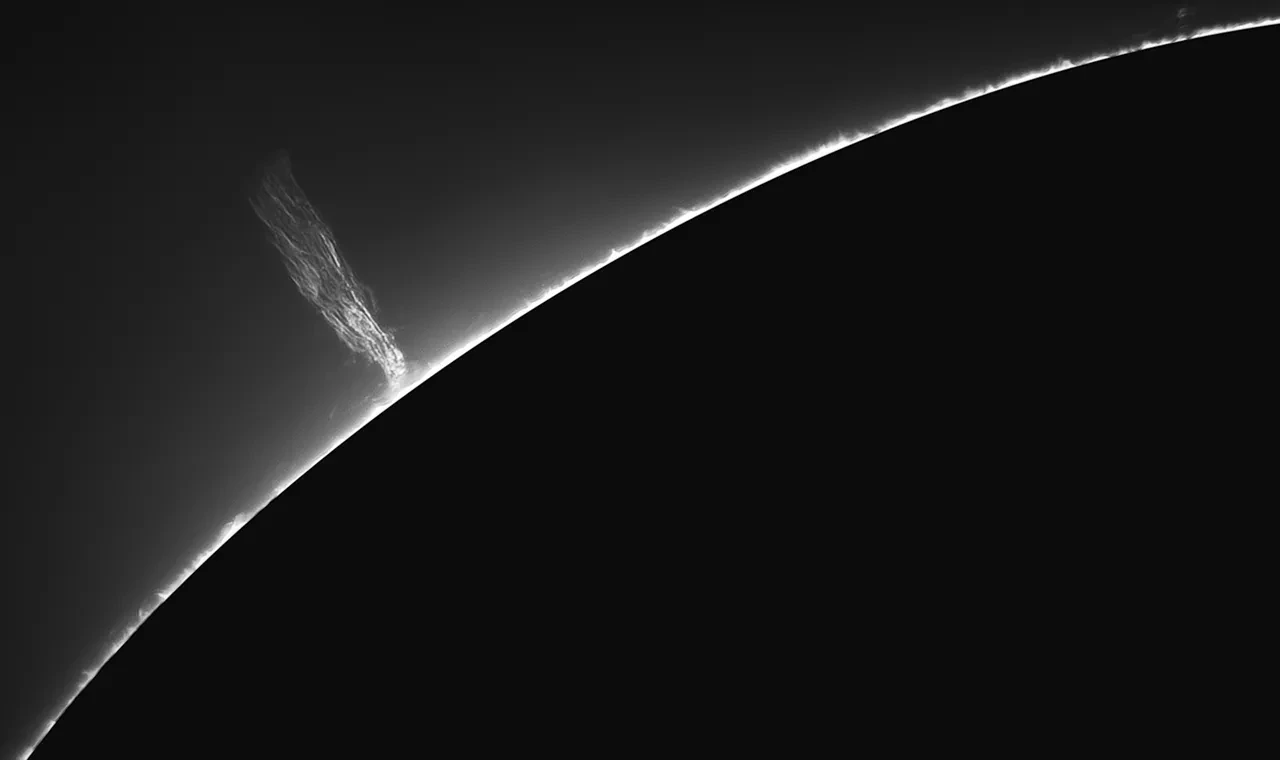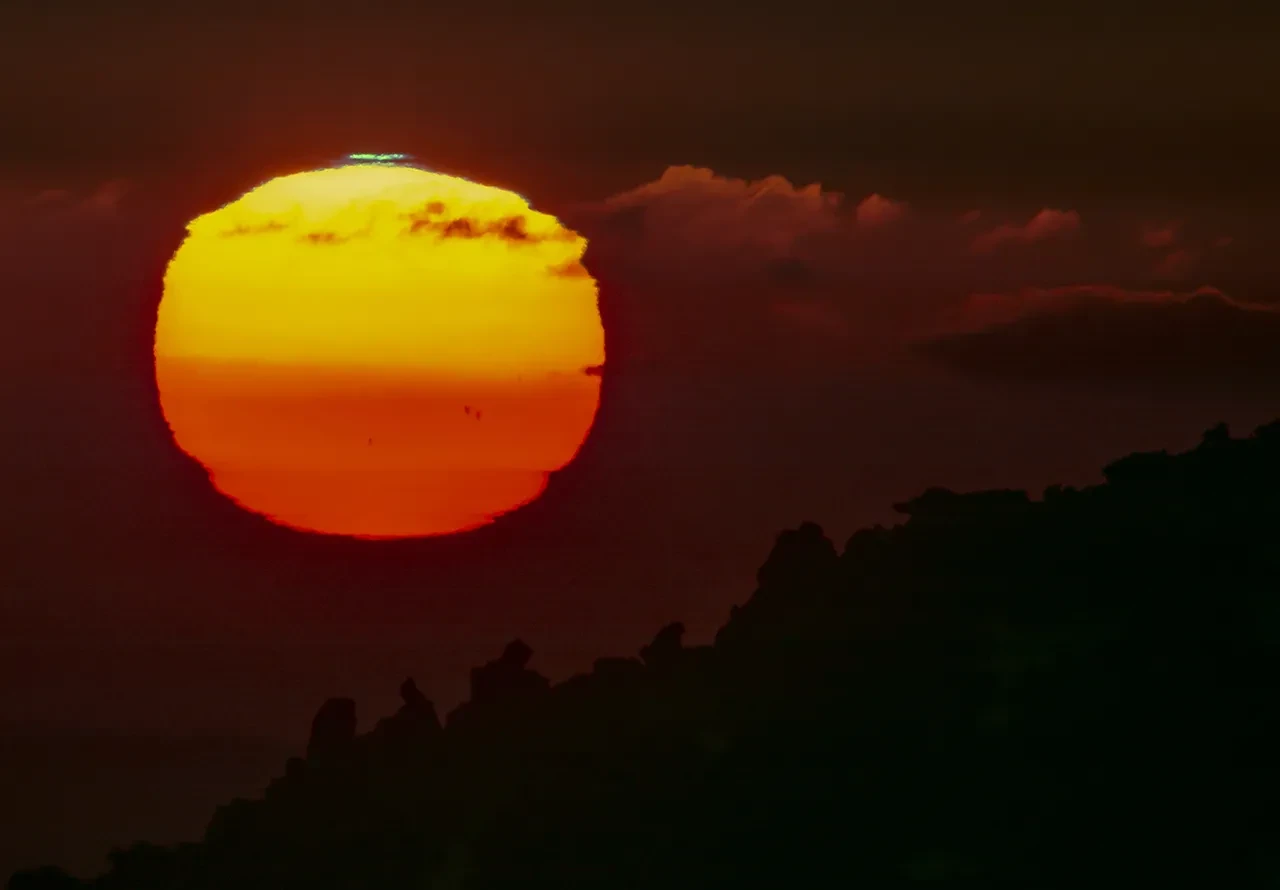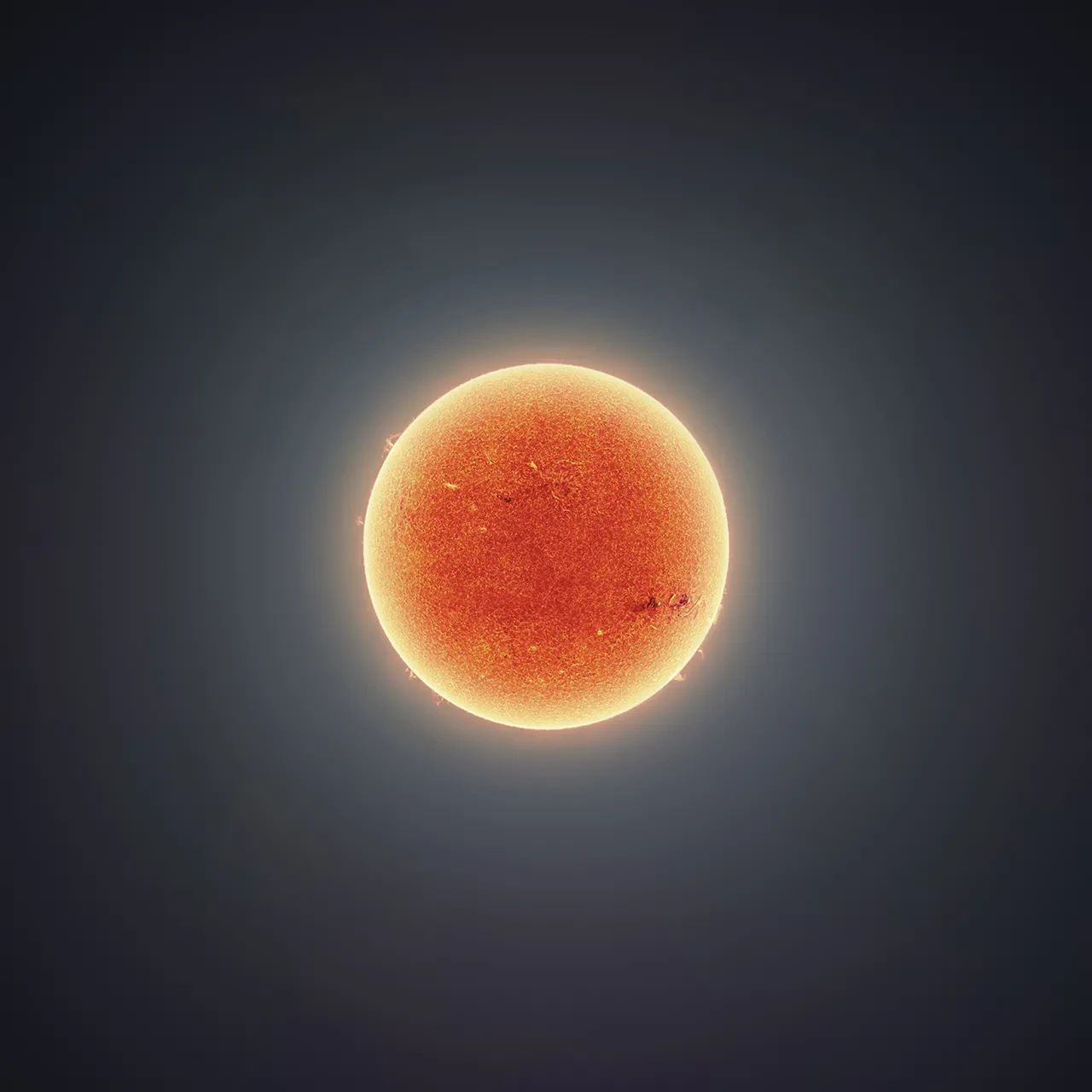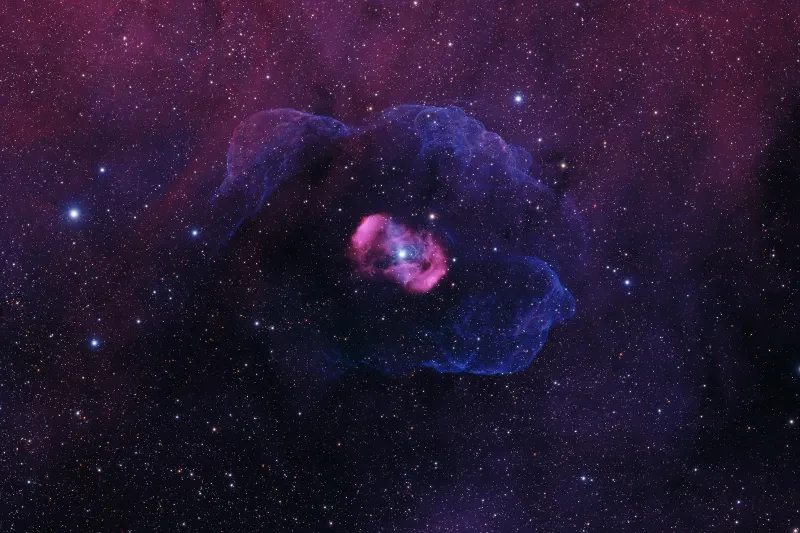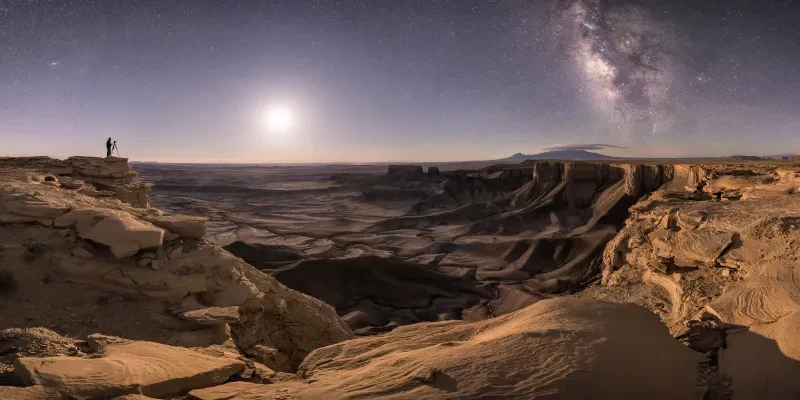The human desire to understand the Sun has persisted for thousands of years. It has led to many technological breakthroughs in solar observation and photography that have enabled us to capture our burning ball of plasma on camera in incredible detail.
The sheer intensity of our star, combined with its proximity, means that in astrophotography the set-up and configuration of the tools involved is just as impressive as the final image; solar observation is often complex and demanding.
This year’s entrants have expertly captured the power and majesty of our Sun – from solar eclipses to sunspots galore, its fierce and turbulent nature is plain to see.
See the winners and full shortlist below.
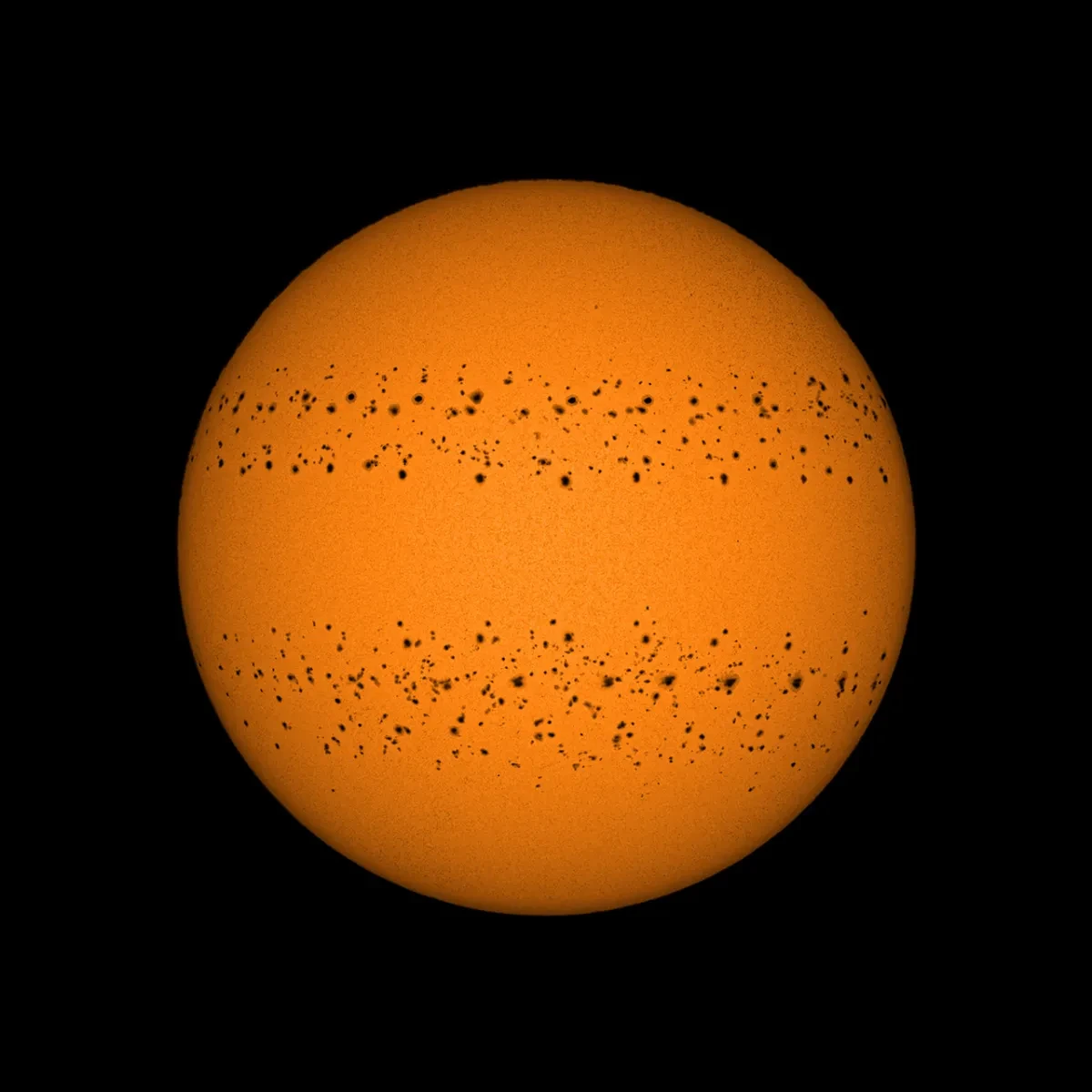
The winning image
A Year in the Sun by Soumyadeep Mukherjee
Image taken in Kolkata, West Bengal, India
"I imaged the Sun for 365 days between 25 December 2020 and 31 December 2021, missing just six days during this period. The project started with the aim of recording the journey of a single sunspot across the solar disc, but I managed to continue it for a year," says Soumyadeep.
"I blended the images to create a single shot, which records the rise of Solar Cycle 25. A total of 127 active regions appeared on the Earth-facing solar disc (AR 12794–AR 12921) during this phase and the image shows all of them. The sunspots create two bands on the solar disc, around 15–35 degrees north and south of the equator and gradually start drifting towards it – a phenomenon known as Spörer’s law."
Equipment used: Nikon D5600 camera, Sigma 150–600c lens, Thousand Oaks Filter (White-Light), 600 mm f/6.3, ISO 100, 365 individual exposures (1/80-second to 1/500-second)
The commitment and diligence (not to mention luck) needed to image the Sun every day for a year is a feat within itself. But, more than just a matter of hard work, this photographer has achieved a fascinating and unique look at the progression of sunspot bands across its disc.
Steve Marsh, competition judge
Runner-up
Solar Inferno by Stuart Green
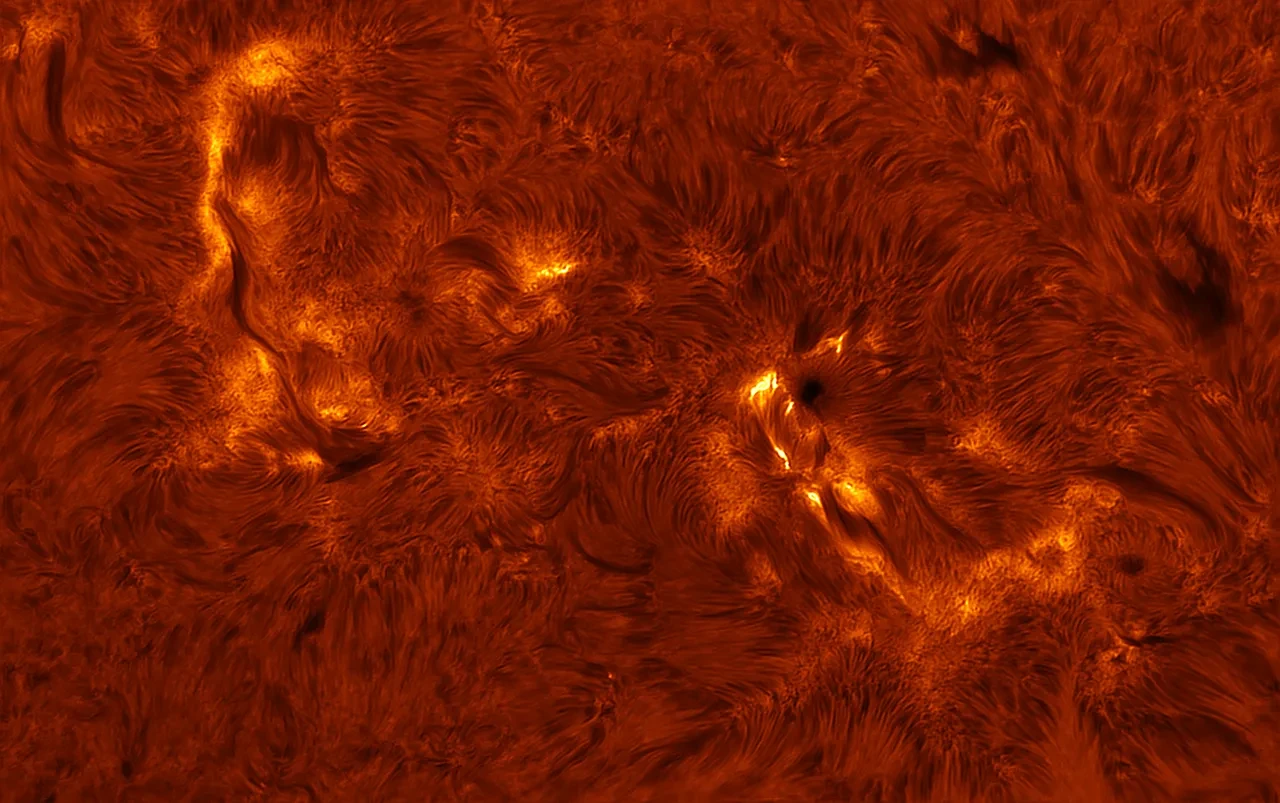
Image taken in Preston, Lancashire, UK
Stuart says, "The Sun is a fascinating target for enthusiastic amateur astronomers and professionals alike. Ever-changing, it looks different on every occasion as new sunspots form, develop, grow and eventually fade away, often with attendant filaments and occasionally solar flares."
"All of this is made visible by selectively filtering out all wavelengths of light except for a narrow red band at 656.28 nm. The Hydrogen-alpha (H-alpha) line, as it is known, can be packed full of such visual goodies, as in this image of Active Region 12907. It was taken using a 150-mm refractor operating at f/34 with filters to isolate the H-alpha line. 2,500 separate frames were stacked, deconvoluted, sharpened and coloured to create the fiery glow."
Equipment used: Home-built telescope based on iStar Optical 150 mm objective, Lunt 35 H-alpha etalon lens, EQ6 Pro mount, Basler acA1920-155um camera, 5100 mm f/34, 2,500 x 0.02-second exposures (50-second total exposure)
There is something almost terrifying about getting up close and personal with the surface of the Sun. Nowhere is this better realised than in the turbulent ferocity of this image.
Steve Marsh, competition judge
Highly commended
A Giant in the Sun’s Limb by Miguel Claro
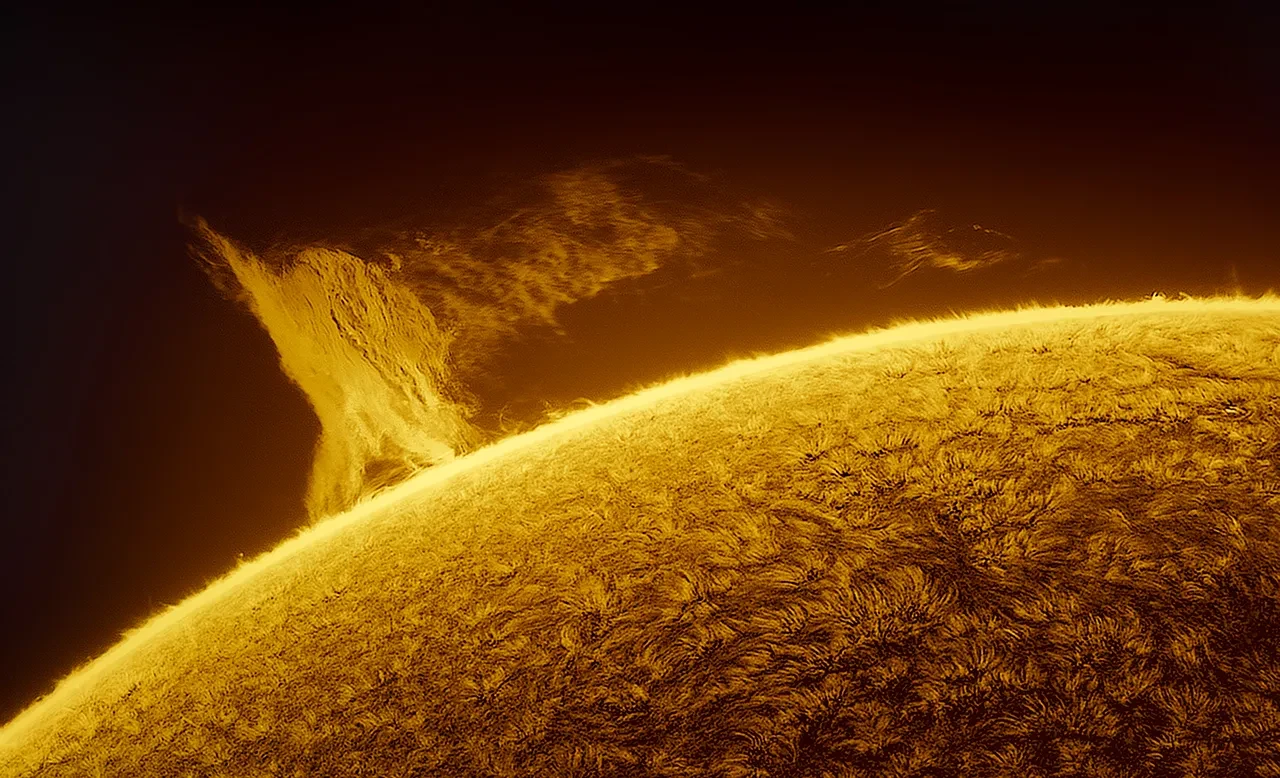
Image taken in Dark Sky Alqueva region, Évora district, Portugal
"A gigantic solar prominence appears over the chromosphere (the Sun’s lower atmosphere) of the limb (the apparent edge of the Sun). This giant was visible for two days in February 2022 and then erupted, throwing a Coronal Mass Ejection (CME) into space. So, I put huge effort into gathering as many images as possible during this short period," Miguel says.
He continues, "On the first day, the weather conditions were not perfect, with moments of average seeing. The second day was much better in terms of stability. This image is from the second day. According to my measurements, the size of this prominence was about 10 times the diameter of Earth, but it stretched around the Sun’s limb for thousands of kilometres."
Equipment used: SkyWatcher Esprit ED120 telescope, SkyWatcher EQ6 mount Daystar Quark Prominence filter, QHYCCD QHY5III174M camera, 840 mm f/7, video capture
I loved this image for two reasons. Firstly, for the sheer level detail on the surface of the Sun, showing us its gorgeous texture. And then, of course, there is the dramatic prominence – masterfully capturing the fiery drama of our very own indomitable Sun!
Imad Ahmed, competition judge
See the full shortlist
Explore all the photographs in the Our Sun category
Our partners


